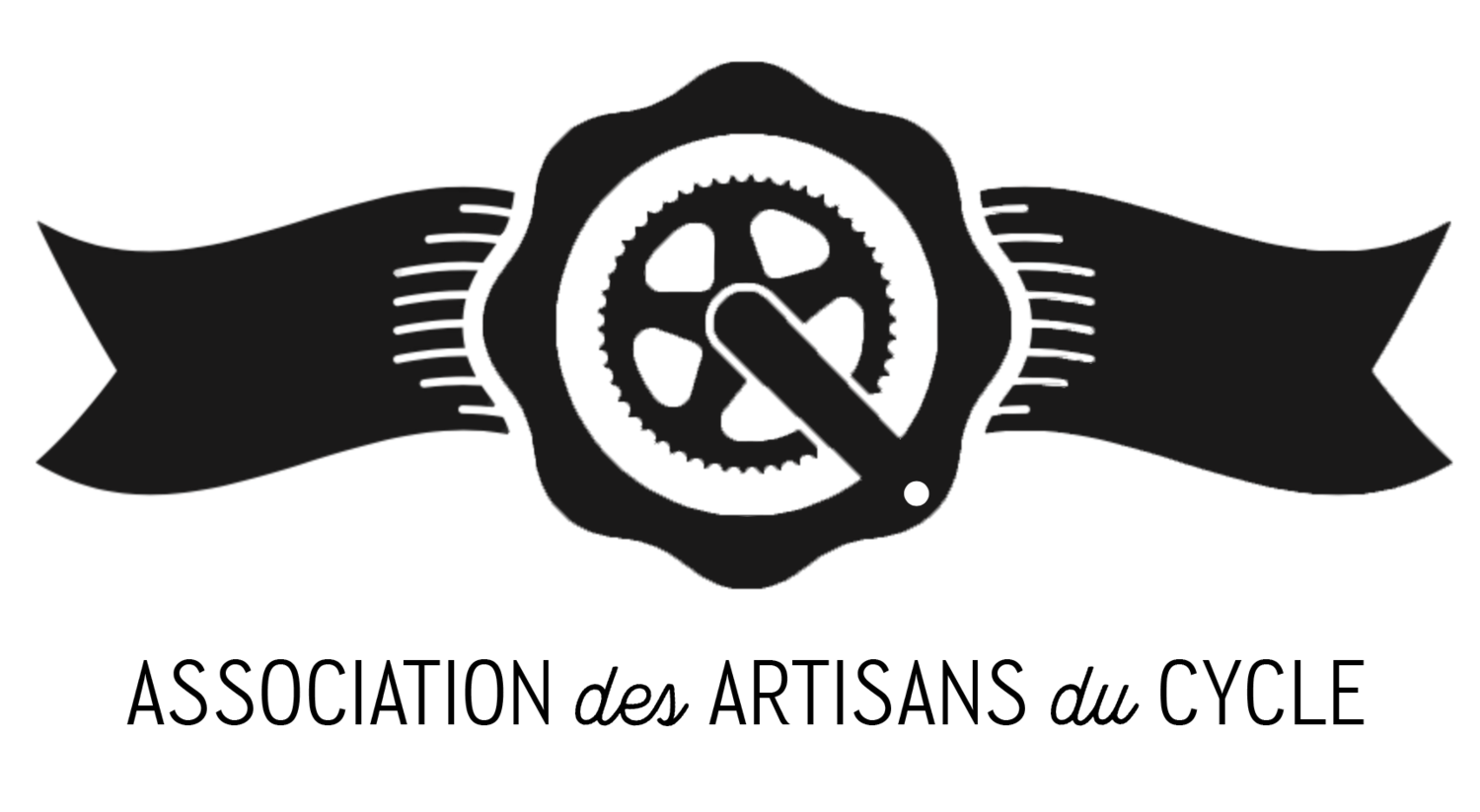HISTORY OF A BIKE CONTEST
And the adventure began...
The first competition was organised in the Pyrenees in 1903 by the Touring Club de France. In 1922, it took place in Auvergne, still under the aegis of the T.C.F. with a 660 km course in several stages. From Clermont-Ferrand and Aurillac via Puy-Mary. It will be necessary to wait for the 1934 edition to really mark the spirits and make a good prodigious in the technique of the bicycle. Once again, the competition took place in Auvergne, with a departure from Clermont-Ferrand to reach Saint-Etienne in 3 stages and 460km through Sancy, Cantal and Forez.
The start of the 1934 Concours de Machines from Clermont-Ferrand.
The emulation created by this event allowed French craftsmen-builders to make technical progress in bicycles, and to impose themselves as world references. The most significant advances took place between 1934 and 1949.
Within a few years, the Concours de Machines was driven by the development of an aluminium alloy called Duralumin. The average weight of female hikers fell below 10 kg and popularized light materials, the derailleur system and double chainrings. The technical innovation of these competition years made the bicycle progress more in ten years than in all the following decades.
Jo Routens in front of the jury.
The Concours de Machines is not a race, but a technical competition between the different machines. At the end of each stage, the bikes are weighed, graded, examined and classified. Each deterioration is penalized. The winning bike is the one that has presented the best compromise between technical innovation and reliability in the field.
This event was beneficial for the manufacturers in various ways. It allowed them to show the superiority of their productions compared to the bikes from the big series, revealing manufacturers such as Nicolas Barra (Cycles Barra), Jo Routens or René Herse. They thus became the forerunners of modern bicycles, with a considerable lead over their time.




